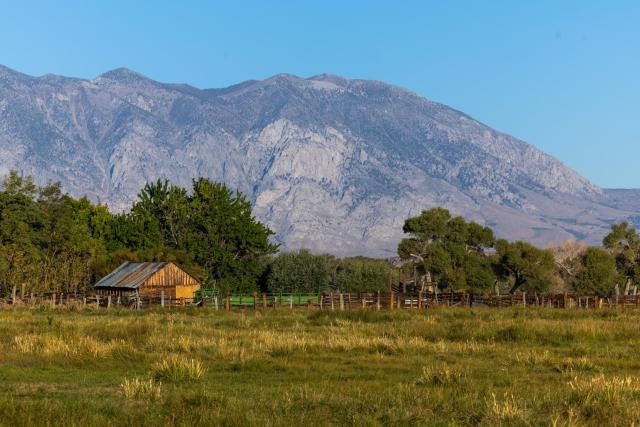
In the picturesque Eastern Sierra region of California, a paradox has emerged. Despite vast open spaces and breathtaking landscapes, many workers find themselves living in vans due to a severe housing shortage. This unexpected housing crisis in one of America's most sparsely populated areas has far-reaching impacts on local communities and economies.
The Van Life Phenomenon
Emily Markstein, a 31-year-old adventure seeker with a master's degree, exemplifies the growing trend of "van life" in the Eastern Sierra. Initially drawn by social media's glamorous portrayal, she now lives in a 2006 GMC van out of necessity. Markstein estimates that between 20-50% of hourly workers in Mammoth Lakes, a popular resort town, are living in vehicles.
Land Ownership: The Root of the Problem
The housing shortage stems from a unique land ownership situation:
- Over 90% of land is owned by government agencies like the U.S. Forest Service, Bureau of Land Management, and Los Angeles Department of Water and Power
- These agencies have little interest in releasing land for development
- Limited private land leads to fierce competition and skyrocketing prices
Impact on Communities
The housing crunch is having serious consequences:
- Essential workers struggle to find affordable housing
- Schools have difficulty recruiting teachers due to lack of housing options
- Local economies are at risk as the workforce is pushed out
Chris Bubser, Mammoth Lakes Mayor Pro Tem, warns that the community is "hollowing out" and the situation could become "catastrophic" if not addressed.
Beyond Resort Towns
The problem extends beyond ski resorts like Mammoth Lakes. In Bishop, a town of 3,800 people in Owens Valley, growth is severely restricted because most surrounding land is owned by the Los Angeles Department of Water and Power.
The Van Life Reality
While some embrace van life willingly, many workers find it challenging:
- Lack of basic amenities like running water and reliable postal addresses
- Difficulty maintaining professional appearances for customer-facing jobs
- Constant need to hide their living situation from tourists
Looking Ahead
As the Eastern Sierra grapples with this housing crisis, creative solutions will be needed to balance land conservation, tourism, and the needs of local workers. Without action, the region risks losing the very people who make it a desirable destination for visitors and residents alike.